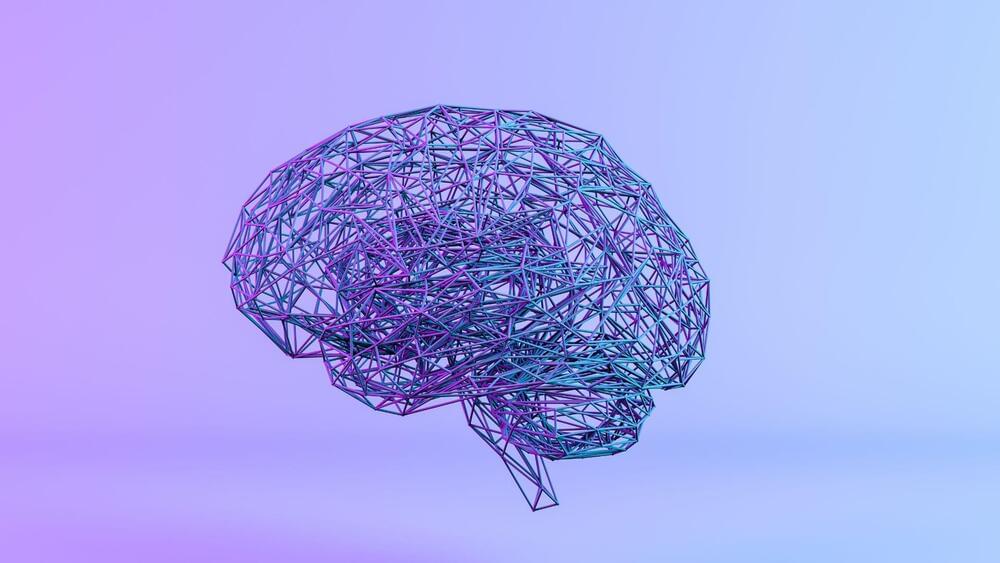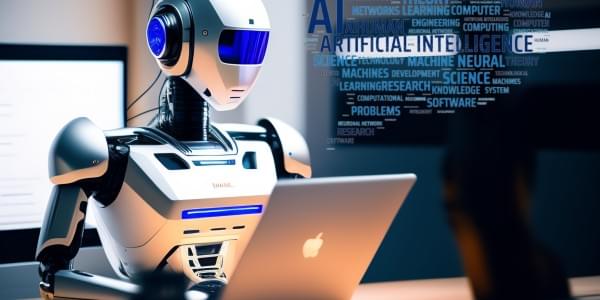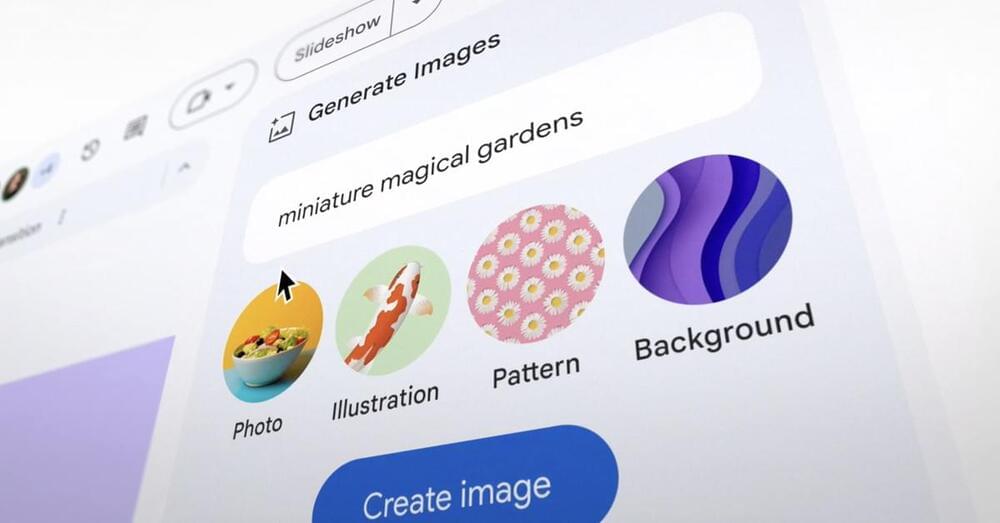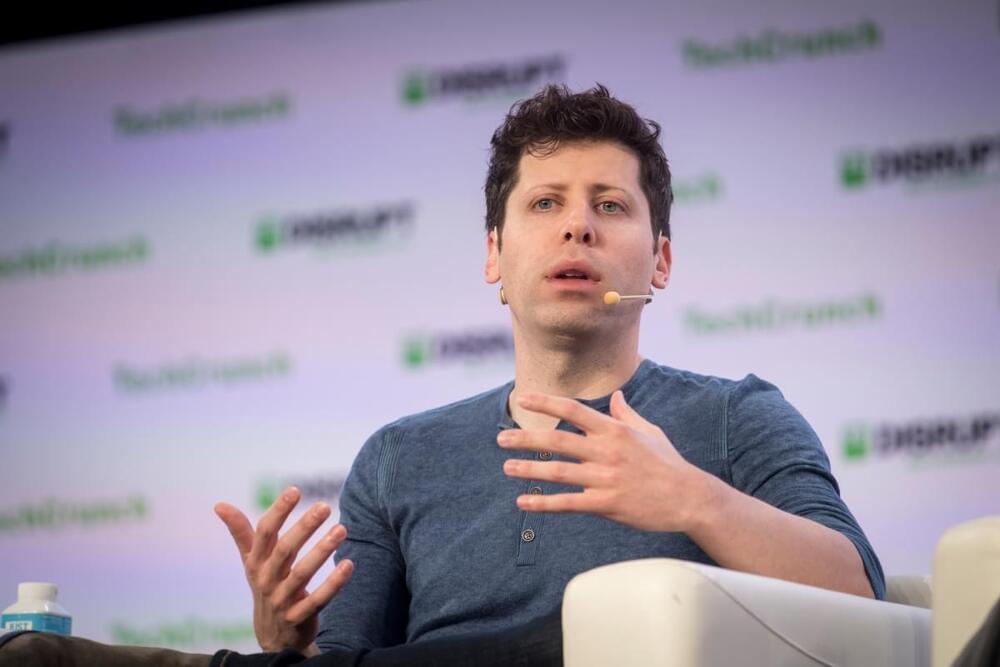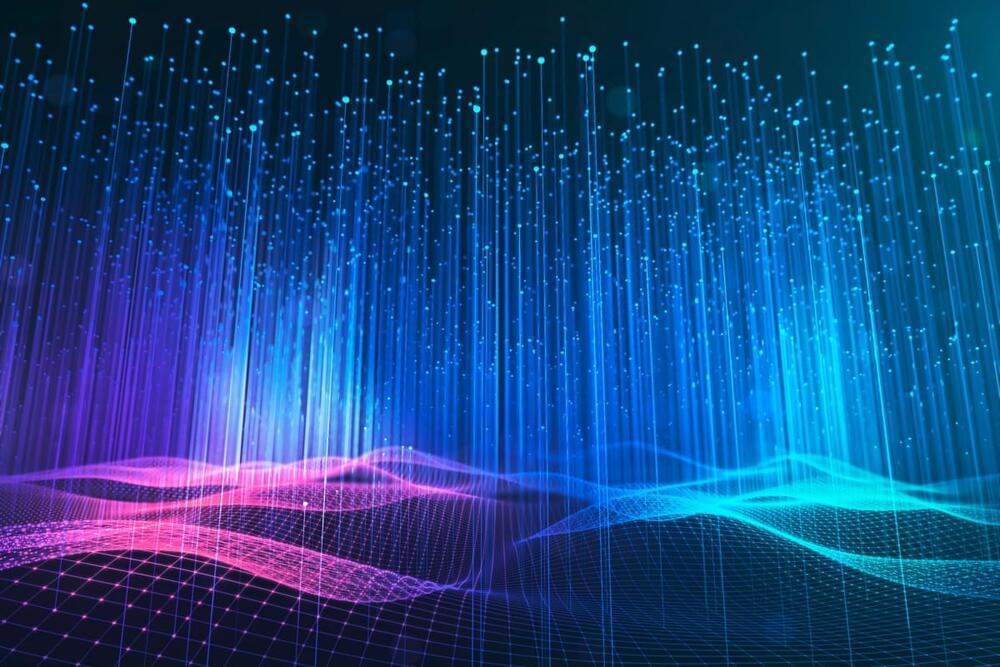The bank has been testing the artificial intelligence tool with 300 advisors and plans to roll it out widely in the coming months, according to Jeff McMillan, head of analytics, data and innovation at the firm’s wealth management division.
Morgan Stanley’s move is one of the first announcements by a financial incumbent after the success of OpenAI’s ChatGPT, which went viral late last year by generating human-sounding responses to questions. The bank is a juggernaut in wealth management with more than $4.2 trillion in client assets. The promise and perils of artificial intelligence have been written about for years, but seemingly only after ChatGPT did mainstream users understand the ramifications of the technology.
The idea behind the tool, which has been in development for the past year, is to help the bank’s 16,000 or so advisors tap the bank’s enormous repository of research and data, said McMillan.

